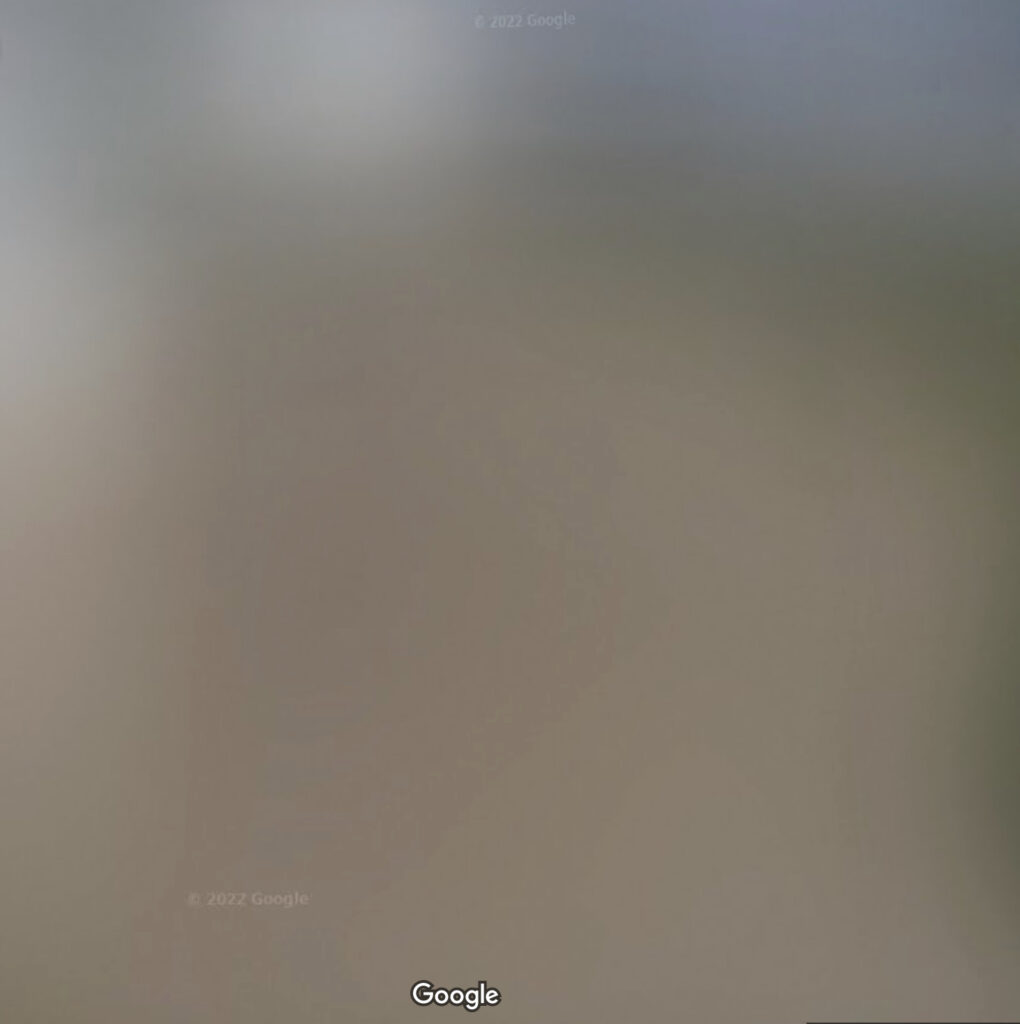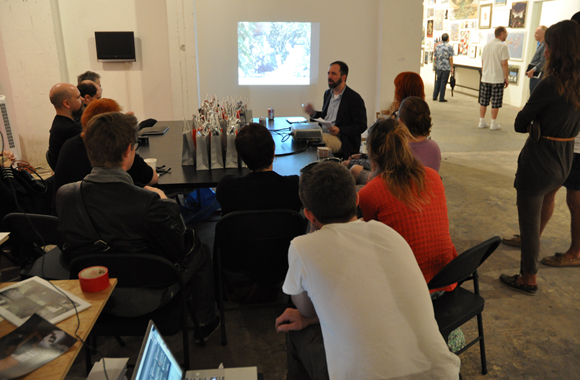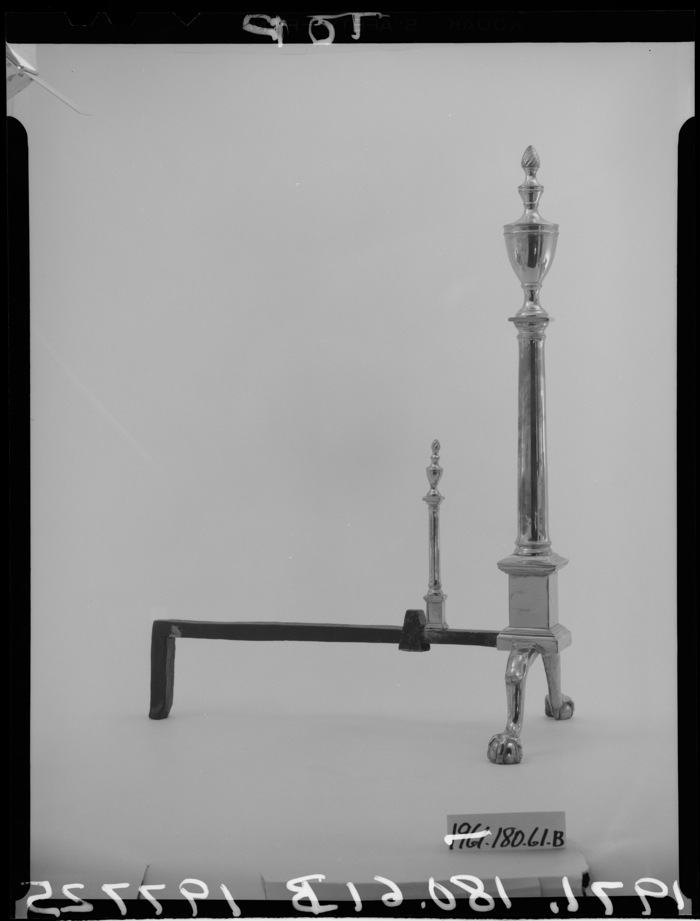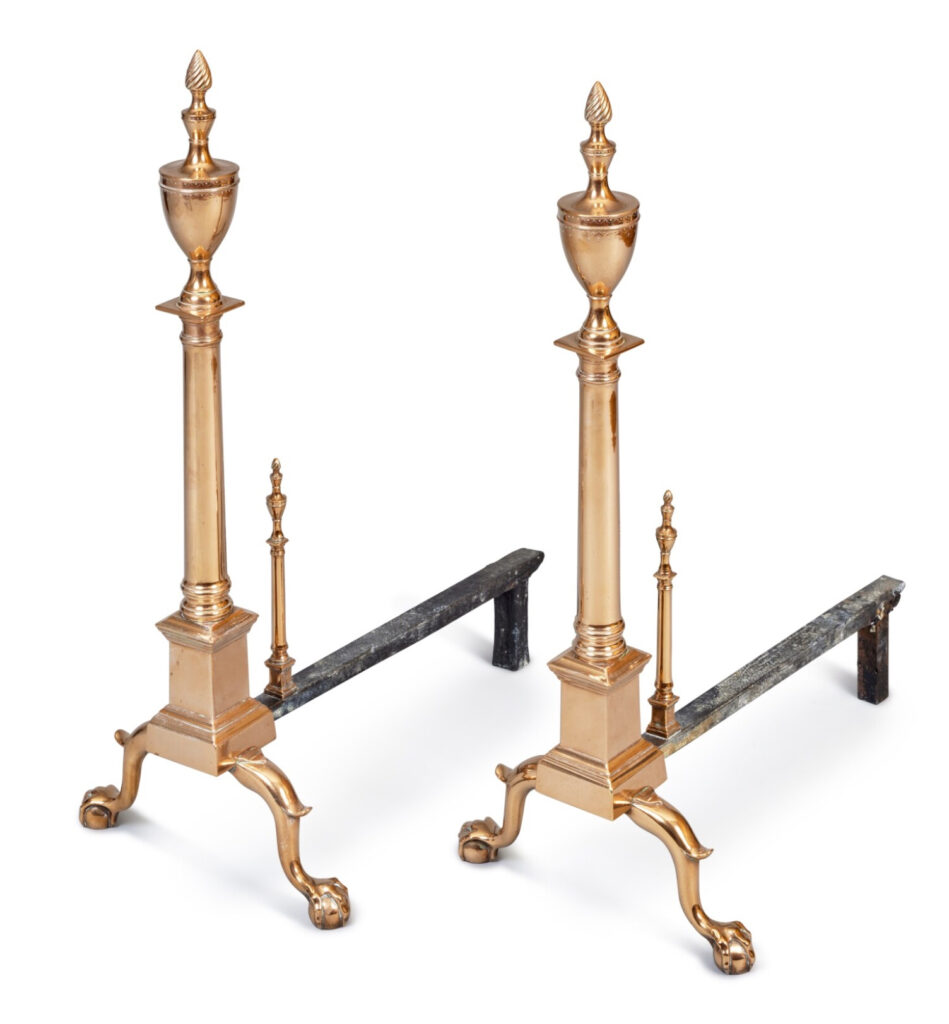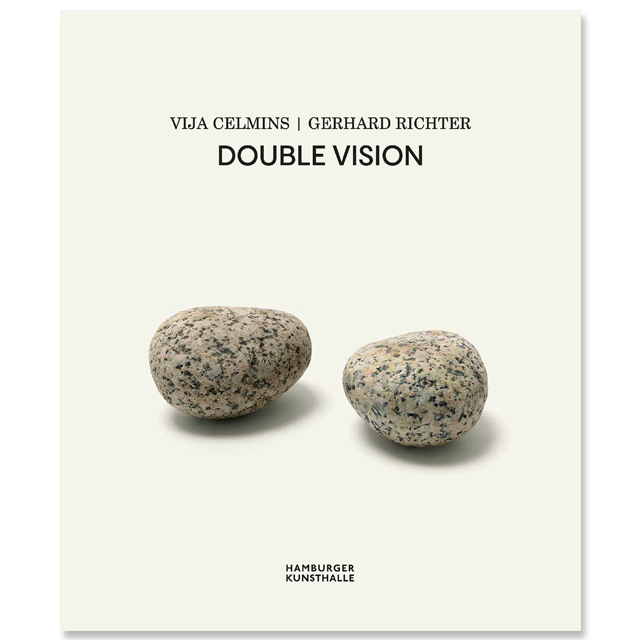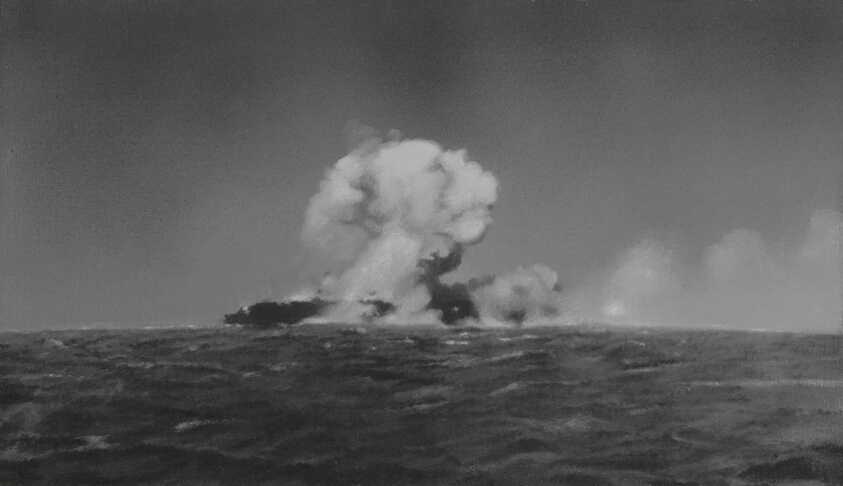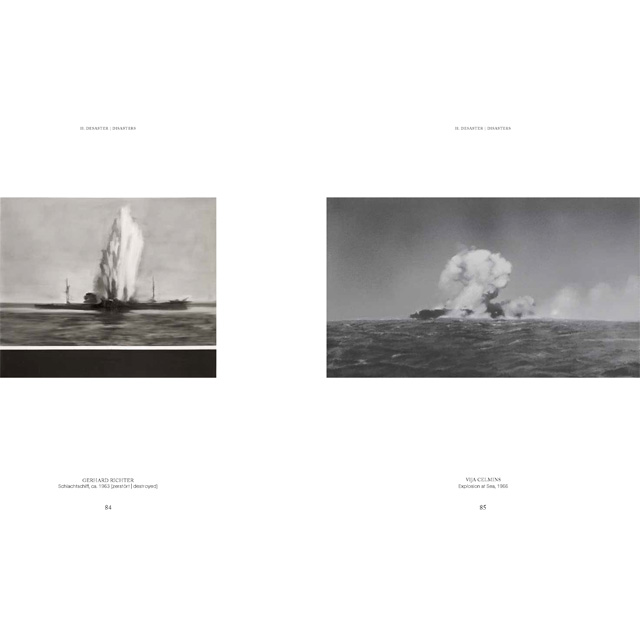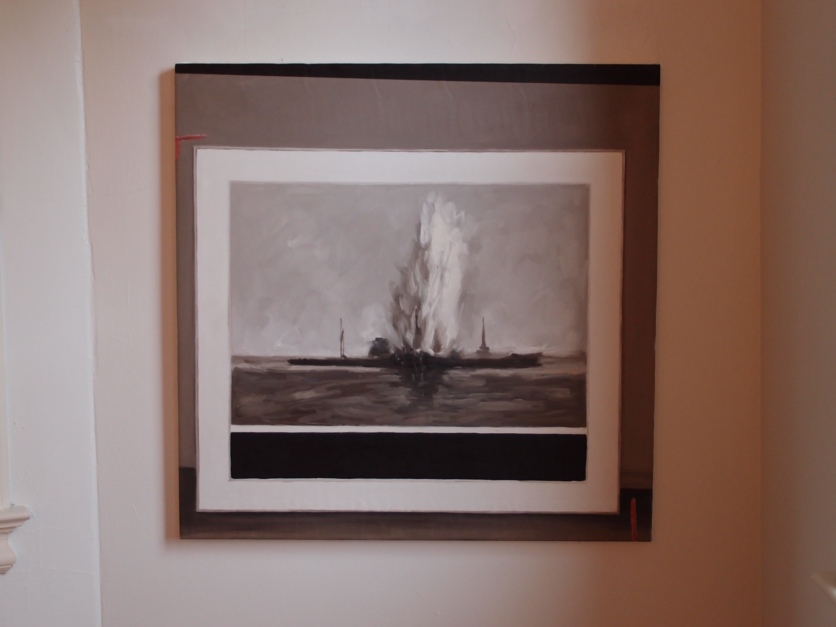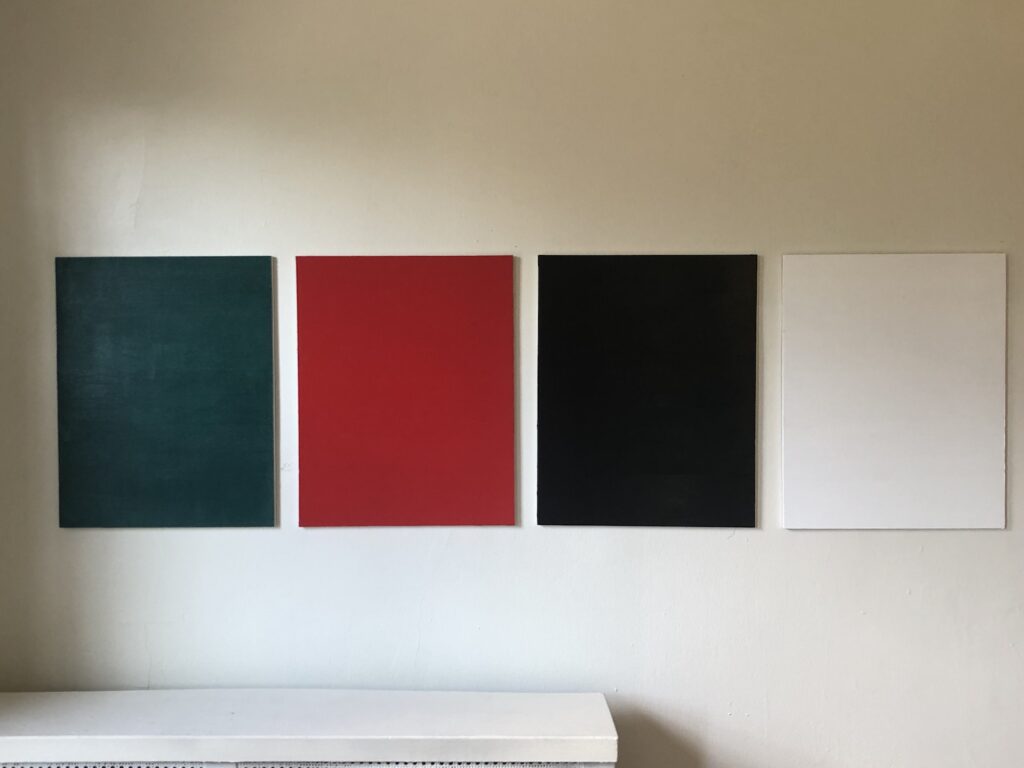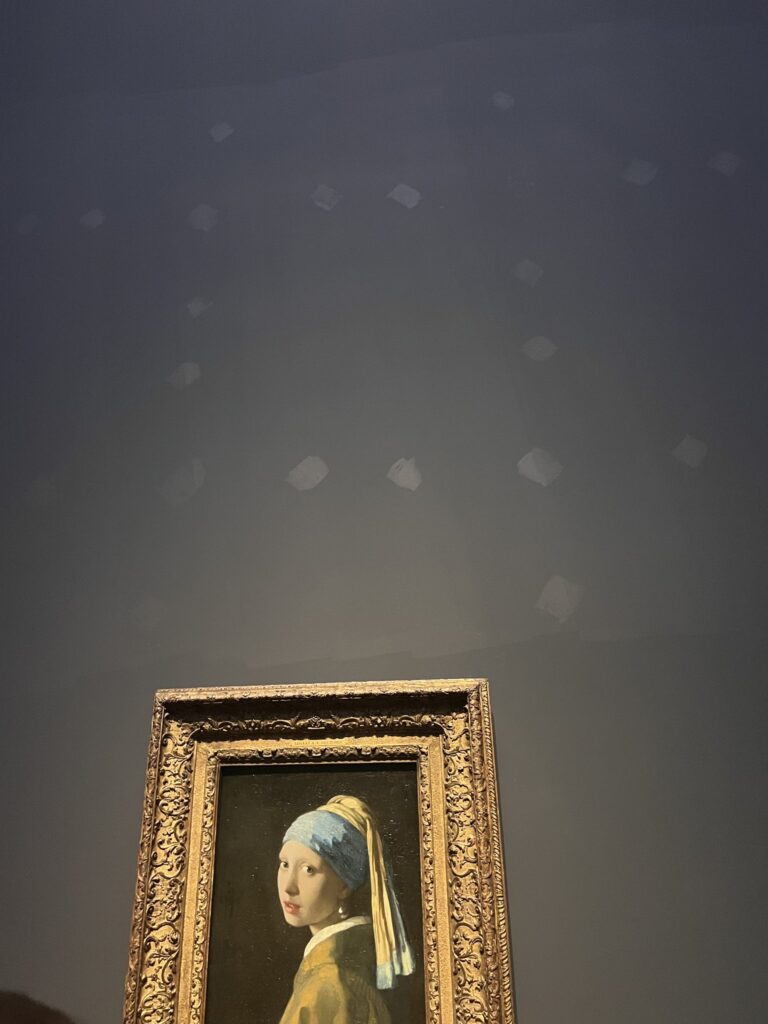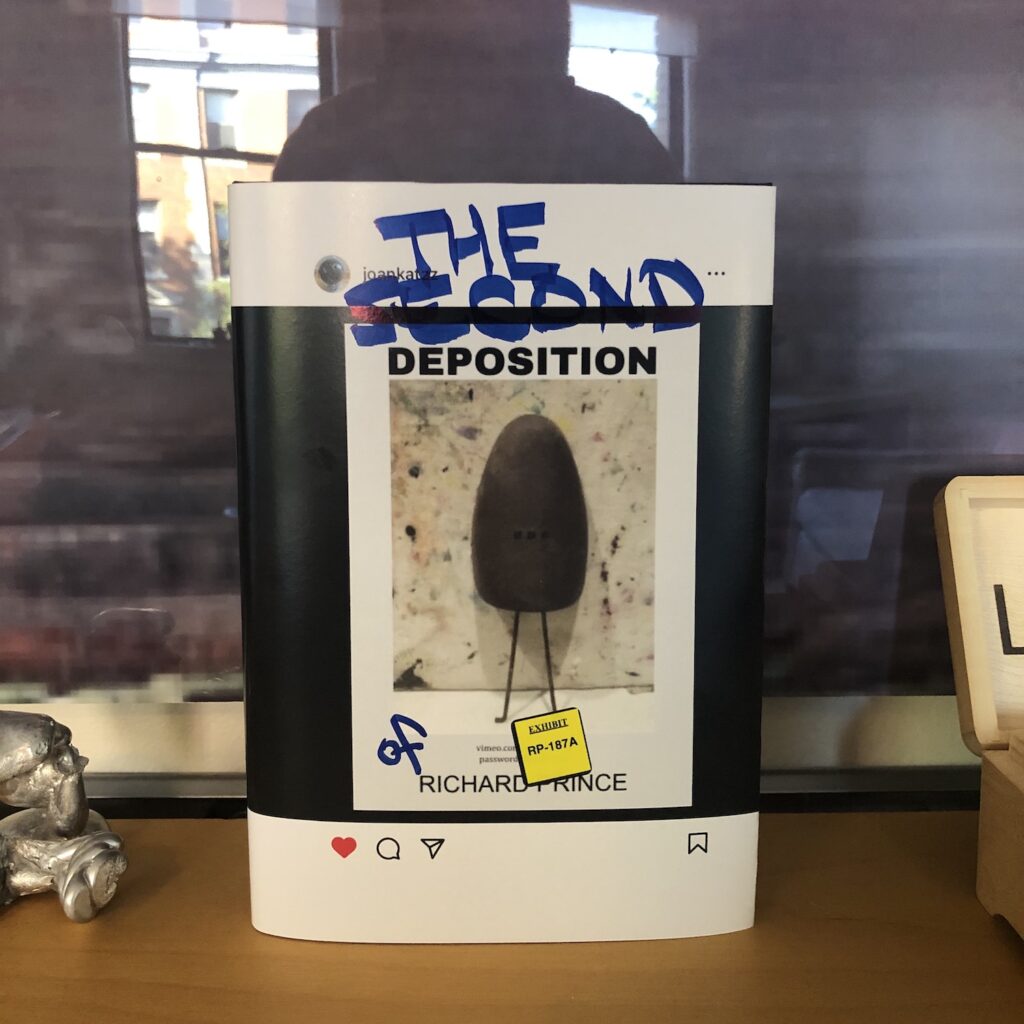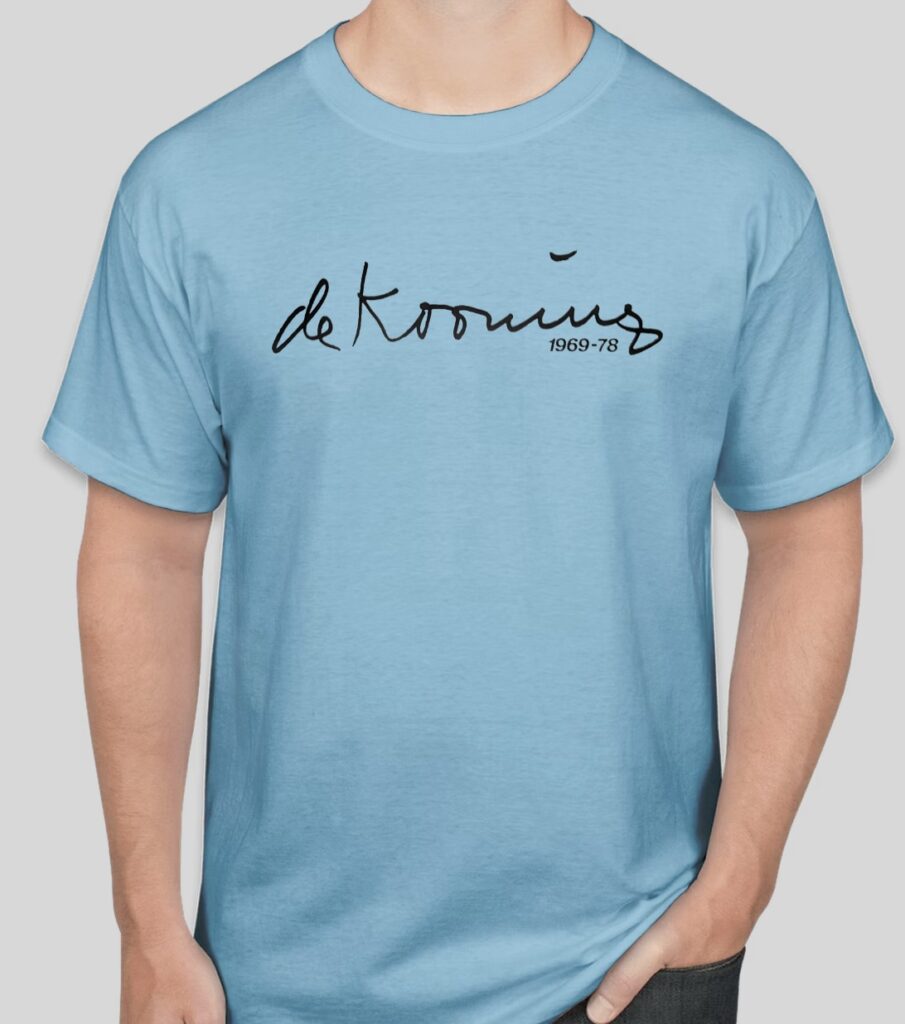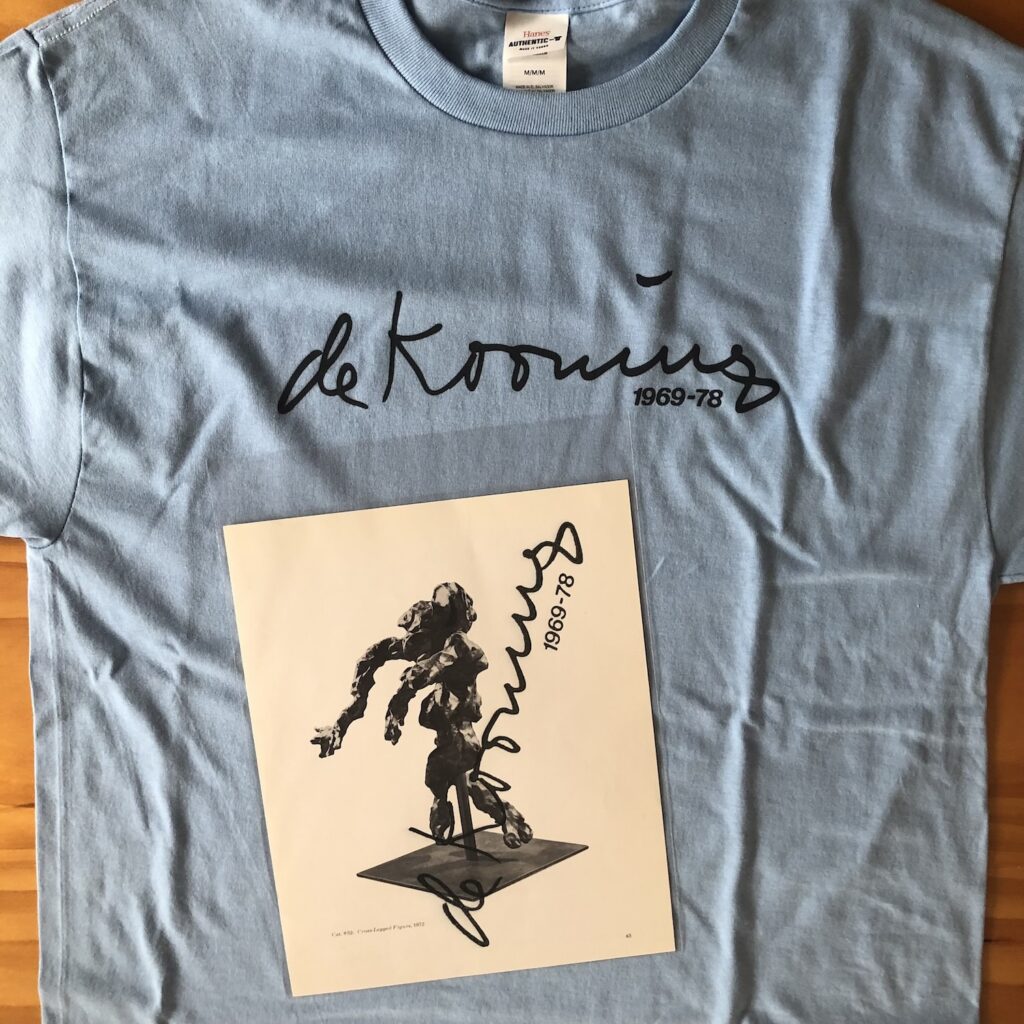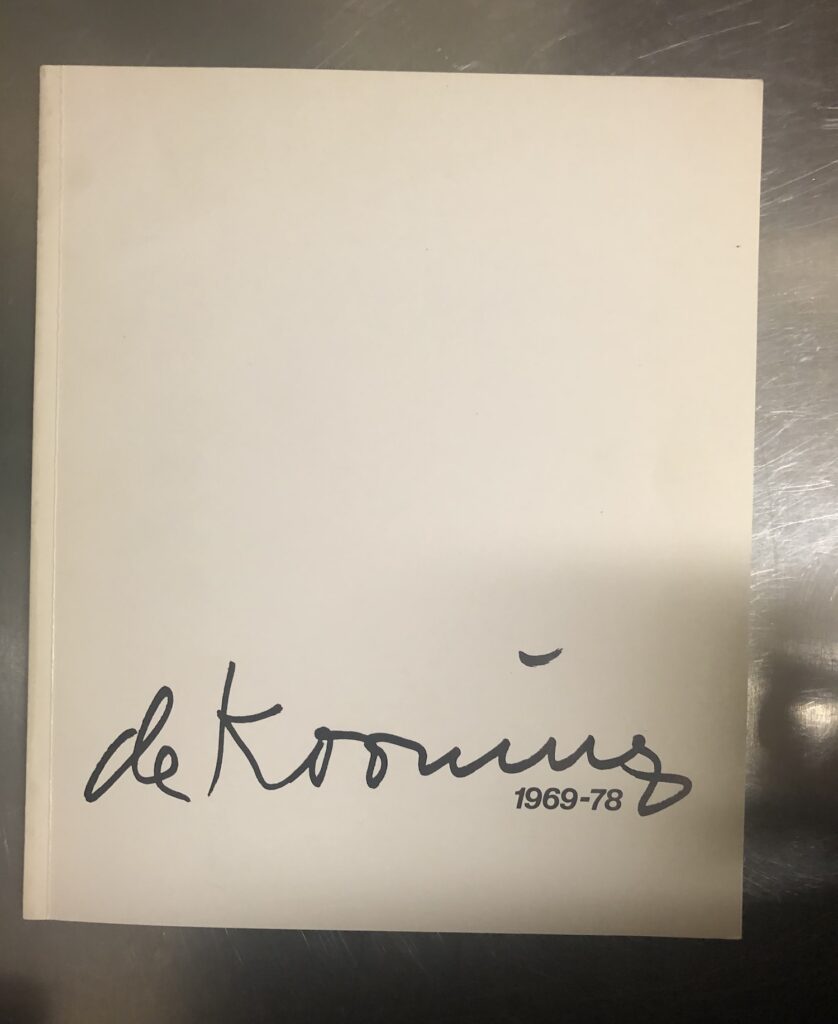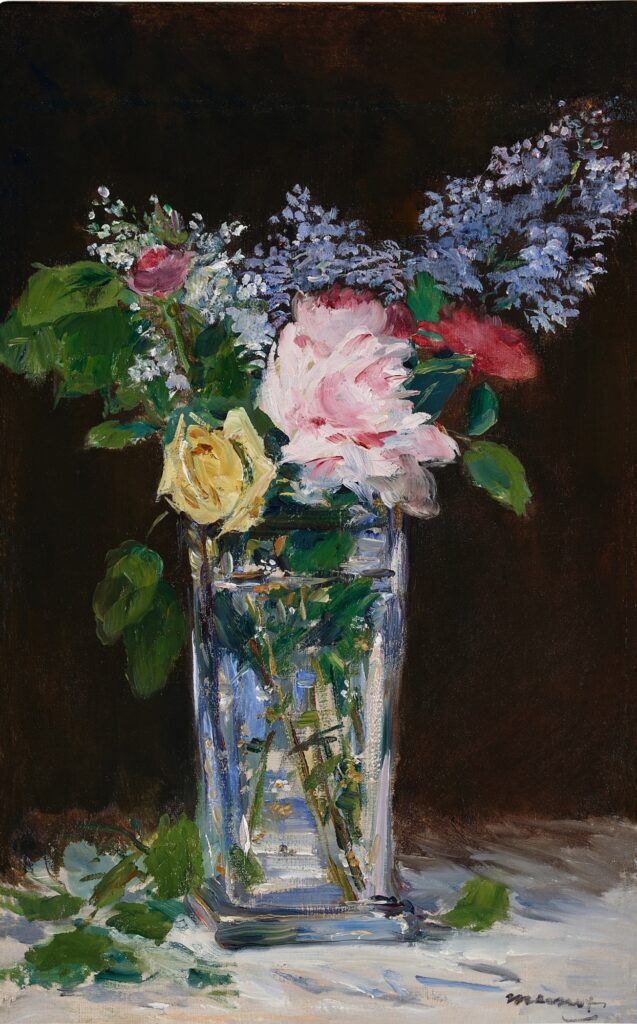
I wish I knew how to quit you, Manet Facsimile Objects.
I thought they were done, products of the moment, the moment when we couldn’t travel, or shouldn’t, when the museums were closed, and when full-scale facsimile objects would serve as proxies, simulating the experience of being in the presence of the artwork.

[They also each include a standing offer to exchange the original work for a certificated Facsimile Object, a liberatory gesture to help you, the new owner, to focus on yourself and your experience, and not worry for a minute over the work’s condition, state, or worth. I’m ready to exchange whenever you are; hmu.]
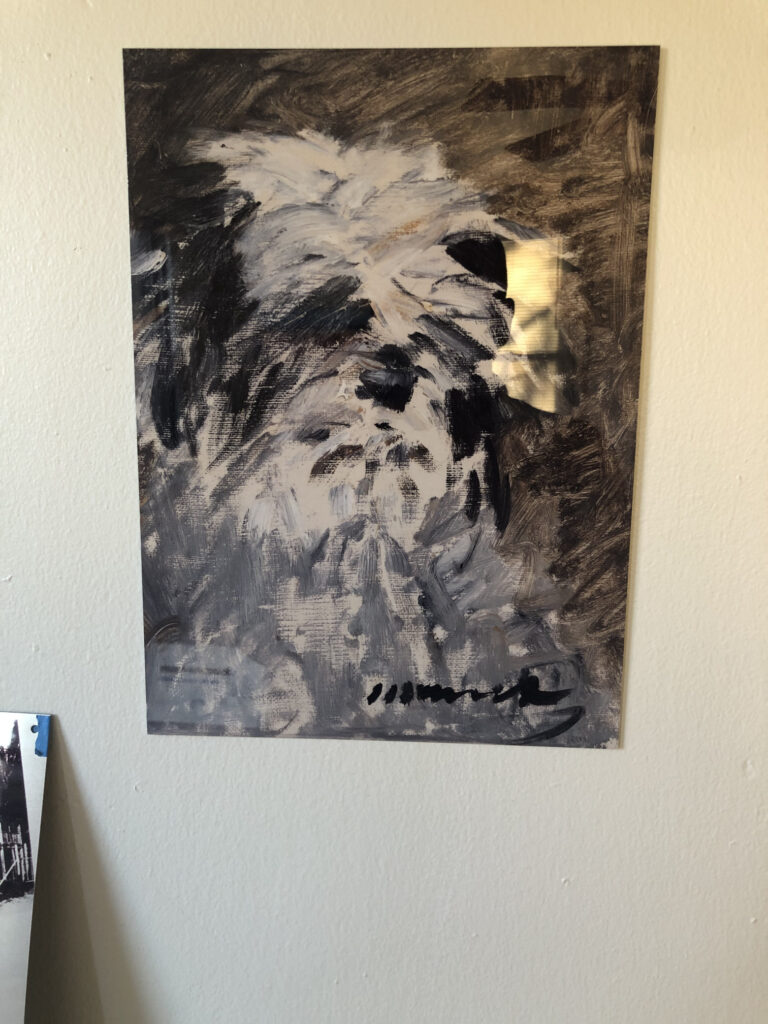
But now, in the midst of [gestures around to the city and the world] all this, the call has come forth, and it is impossible—for me, at least—to heed it. Andrew Russeth’s effusive invitation to visit Manet’s rapturous late still life, Vase de fleurs, roses et lilas (1882), at Sotheby’s in New York, where it is on view only until it is sold on May 15th.

As Andrew notes, this is the only sure window of time in which to see this rare painting, which has only been exhibited three times in 50+ years. Of course, all three of those times were in 2018-2020, a generous gesture on the part of the unidentified seller. It is not at all known what the next owner will do, so we must strike while we can, and get to Sotheby’s if you can.
Édouard Manet Facsimile Object (M4) is for those who cannot, and also for those who will not buy the painting next week. Well, not everyone. If you have the means to buy this Manet and don’t, I really suggest you sit this Facsimile Object out.
There is an irrevocable bid, so the Manet will sell to someone, but if you’re thinking that no, anything beyond the $7-10 million estimate is irrational, and you, with your financial savvy, elect not to pay, do not get the ÉMFO (M4). If you think it will stand as a trophy to your sophisticated investorial victory while honoring your connoisseurship, LMAO no it won’t. If you have the means and still somehow decide not to buy this painting, I fear Facsimile Object will offer you cold comfort in your folly and a sober reckoning of your failure. Every time you look at its high-gloss aluminum finish, you’ll see yourself looking, and remember that you could have bought the Manet instead, and you didn’t. You’ll get a Facsimile Object from me—and a handmade Certificate of Authenticity—but you won’t have my sympathy. I can’t even promise you’ll get my pity.
If you actually take a run at it and lose, OTOH, I hope you have pre-ordered the Facsimile Object as FOMO insurance; because if you wait til the auction is over, it will be too late, and your regret will be doubled. For you, dear underbidder, my heart would ache, but the concept is inviolate. And of course, for the winner, a Facsimile Object is always set aside, and a trade is always on the table. Straight across, with the COA thrown in to sweeten the deal.
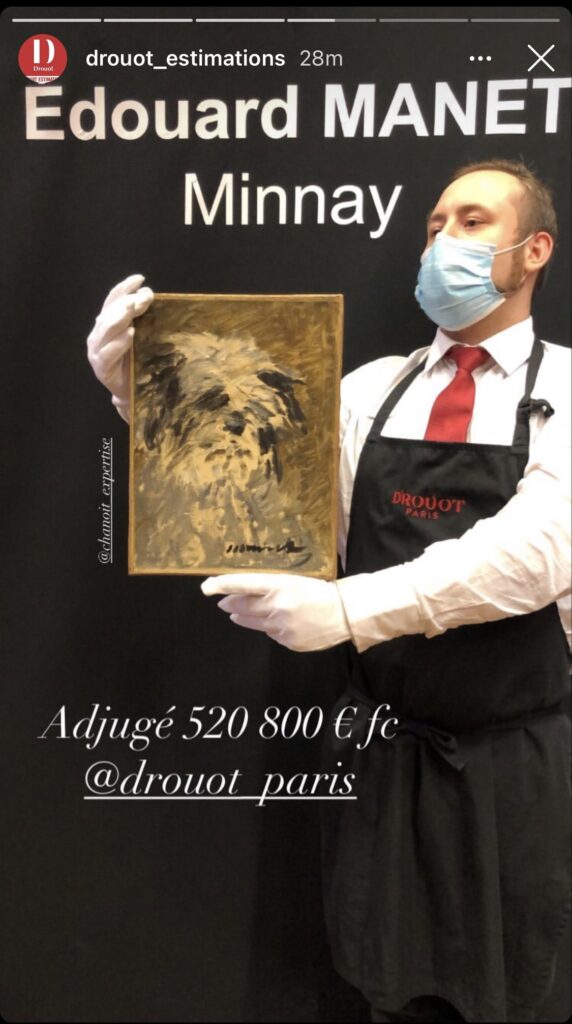
Andrew calls this a “small picture,” but honestly, at 22×14 inches, it’s a large Facsimile Object, almost 4x the size of the previous ones. One unexpected thing about Minnay [and all subsequent FOs] was how tactile they are, how nice it feels to hold them. Until this week, I would have compared it to a luxuriously thin iPad. But whether in your hands, on a shelf, or on a wall, this will be a substantial presence, and it is, admittedly, daunting to think about.
In fact, this whole thing feels like folly. But maybe it’s just the folly we need in these darkening times, the folly of flowers, friendly gestures of fleeting beauty, which also give us a glimpse of ourselves.
Order Édouard Manet Facsimile Object (M4) “Fleurs”, with signed, stamped & numbered COA, before the Manet sells on 15 May 2024 around 8PM EST.
Previously, related: Édouard Manet Facsimile Object (M1) “Minnay”;
Édouard Manet Facsimile Objects (M2) “Bob” & (M3) “Souki”





